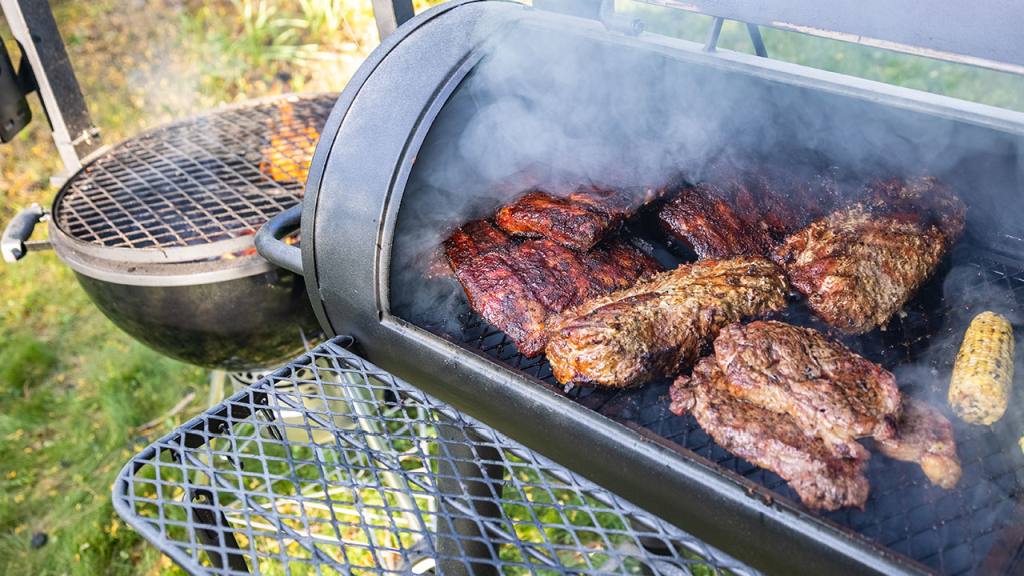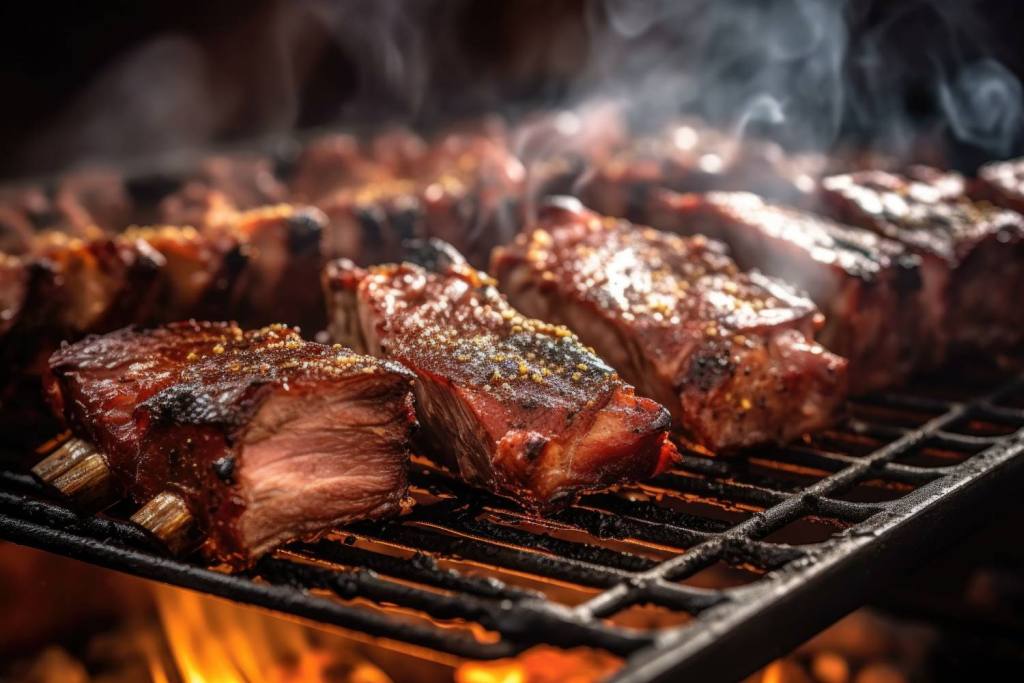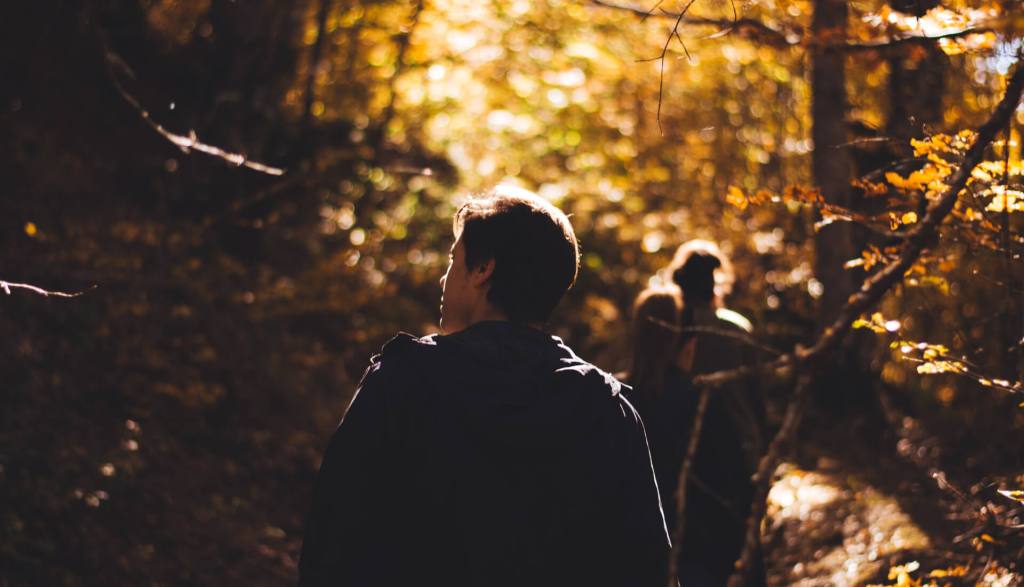Mastering the Art of Smoking Meat in the Wild

Smoking meat in the wild is more than just a cooking method—it’s a time-honored tradition that merges the rustic charm of nature with the rich, savory flavors of smoked food. Whether you’re on a camping trip, deep in the wilderness, or simply want to hone your survival skills, mastering the art of smoking meat in the wild is a valuable and rewarding experience. This guide will walk you through the essentials, from selecting the right meat to building your smoker and perfecting your technique.
Why Smoke Meat in the Wild?
Smoking meat has been a method of preservation and flavor enhancement for centuries. In the wild, it offers a reliable way to make meat last longer without refrigeration, which is crucial when you’re far from modern conveniences. Additionally, smoking imparts a unique, smoky flavor that enhances the natural taste of the meat, making it a delicious treat after a day of outdoor activities.
Choosing the Right Meat
Not all meats are created equal when it comes to smoking, especially in the wild. The best meats for smoking are those that have a good fat content, as the fat helps to retain moisture during the long smoking process. Popular choices include:
- Pork Shoulder or Butt: Rich in fat and connective tissue, pork shoulder is ideal for smoking, yielding tender, flavorful meat.
- Beef Brisket: Another fatty cut, brisket becomes melt-in-your-mouth tender when smoked slowly.
- Wild Game: If you’re hunting, venison, wild boar, or even fish like trout can be excellent for smoking. Just remember that wild game is typically leaner, so you may need to adjust your smoking technique to prevent the meat from drying out.
Gathering Your Materials
In the wild, you won’t have the luxury of a modern smoker, so you’ll need to build your own using natural materials. Here’s what you’ll need:
- Green Wood: Green wood, or freshly cut wood, is ideal for constructing the frame of your smoker. It’s less likely to catch fire and will last longer during the smoking process.
- Hardwood for Smoke: The type of wood you use for smoke will significantly impact the flavor of the meat. Hardwood like oak, hickory, or mesquite is ideal for smoking. Avoid softwoods like pine, as they can release harmful resins.
- Covering Material: You’ll need something to cover the smoker to trap the smoke. Large leaves, branches with foliage, or even a tarp can work.
- A Fire Pit: Dig a shallow pit for your fire, which will produce the smoke for your smoker.

Building Your Smoker
Once you’ve gathered your materials, it’s time to build your smoker. Follow these steps:
- Dig a Fire Pit: Start by digging a shallow pit where you’ll build your fire. This should be at the base of a small hill or incline if possible, as this will help to direct the smoke upward into your smoker.
- Construct the Frame: Use green wood to build a frame around your fire pit. The frame should be tall enough to hang your meat and sturdy enough to support the weight.
- Prepare the Cover: Cover the frame with your chosen material, leaving enough space for air to flow through and the smoke to escape. This creates a chamber that will trap the smoke and infuse the meat with flavor.
- Build the Fire: Build a small, controlled fire in the pit, using hardwood for smoke. You want a smoldering fire that produces a lot of smoke without too much heat. The goal is to cook the meat slowly, allowing the smoke to penetrate deeply.
Smoking the Meat
With your smoker ready, it’s time to smoke the meat. Here’s how:
- Season the Meat: Before hanging the meat in the smoker, season it with a dry rub or marinade. This adds extra flavor and helps to form a flavorful crust during smoking.
- Hang the Meat: Hang the meat in the smoker, making sure it’s not too close to the fire. The ideal smoking temperature is between 160°F and 225°F (70°C – 107°C). In the wild, you’ll need to monitor the fire and adjust it as necessary to maintain a consistent temperature.
- Patience is Key: Smoking meat is a slow process that can take several hours or even a whole day, depending on the type and size of the meat. The key is to maintain a steady smoke and temperature, checking the meat occasionally to ensure it’s cooking evenly.
- Check for Doneness: The meat is done when it reaches an internal temperature of at least 165°F (74°C) for poultry and 145°F (63°C) for red meat. It should have a rich, smoky flavor and be tender to the touch.
Tips and Tricks for Wild Smoking Success
- Keep the Fire Low: The key to successful smoking is low and slow cooking. A roaring fire will cook the meat too quickly and could lead to burning or drying out.
- Rotate the Meat: If possible, rotate the meat during the smoking process to ensure it cooks evenly on all sides.
- Add Flavor with Herbs: If you have access to wild herbs, like rosemary or thyme, consider adding them to the fire to infuse the meat with additional flavors.
Enjoying Your Smoked Meat
After hours of smoking, your patience will be rewarded with tender, flavorful meat that’s ready to enjoy. Whether you’re in the heart of the wilderness or just at a remote campsite, smoked meat makes for a satisfying meal that’s rich in taste and tradition.
Conclusion
Mastering the art of smoking meat in the wild takes practice and patience, but the results are well worth the effort. By following this guide, you’ll not only learn a valuable survival skill but also create delicious meals that celebrate the essence of outdoor cooking. So, the next time you’re out in nature, consider smoking your meat and experience the unparalleled flavors that come with this ancient cooking method.











